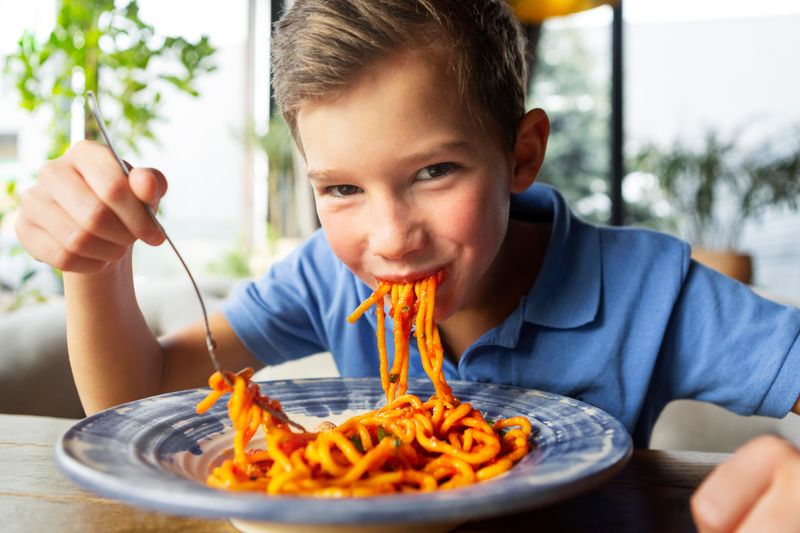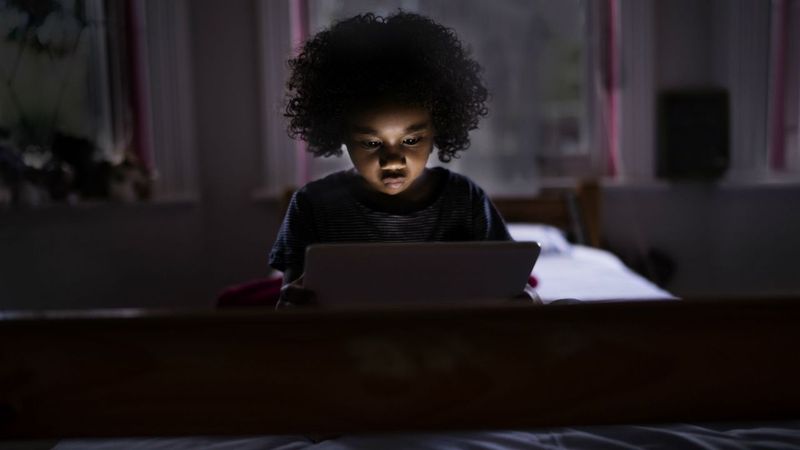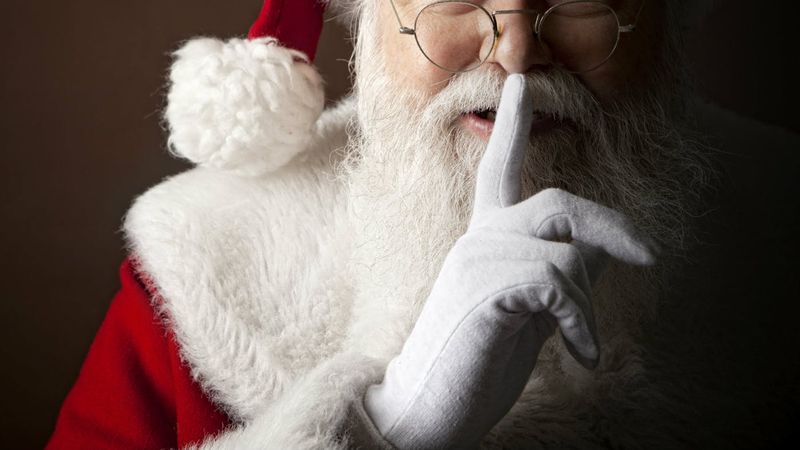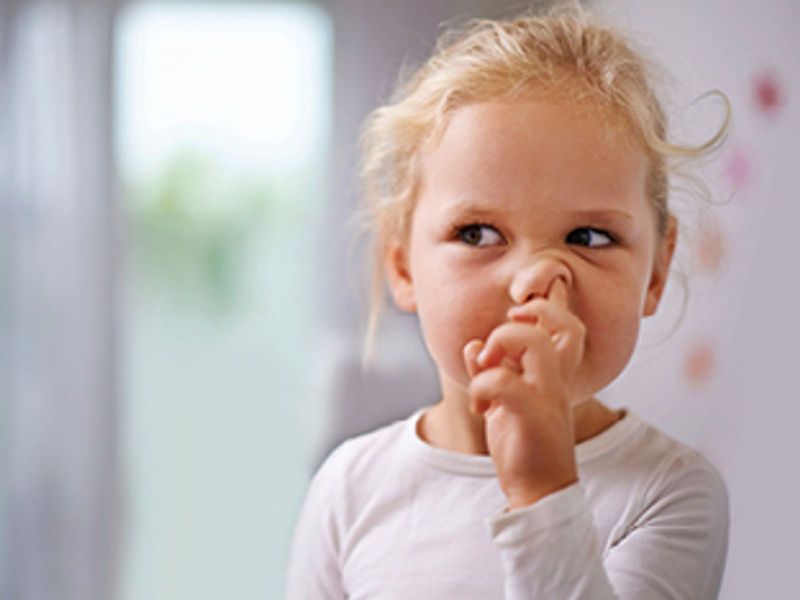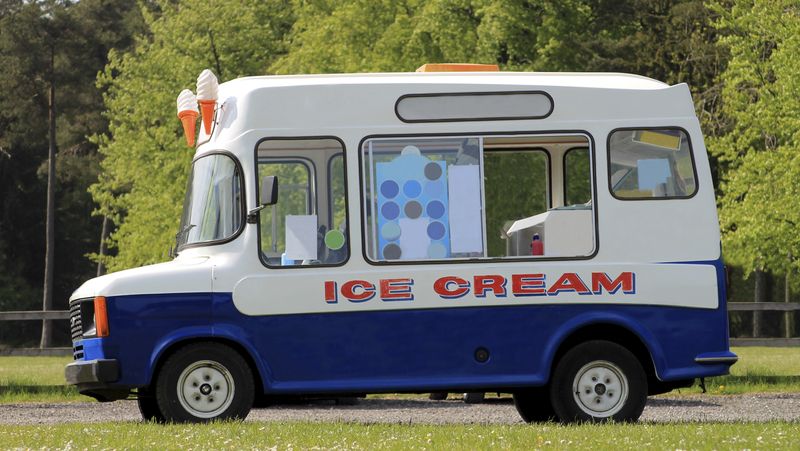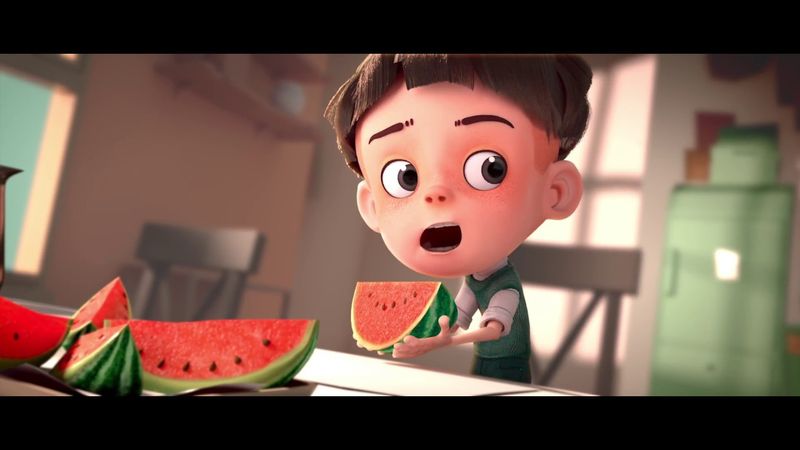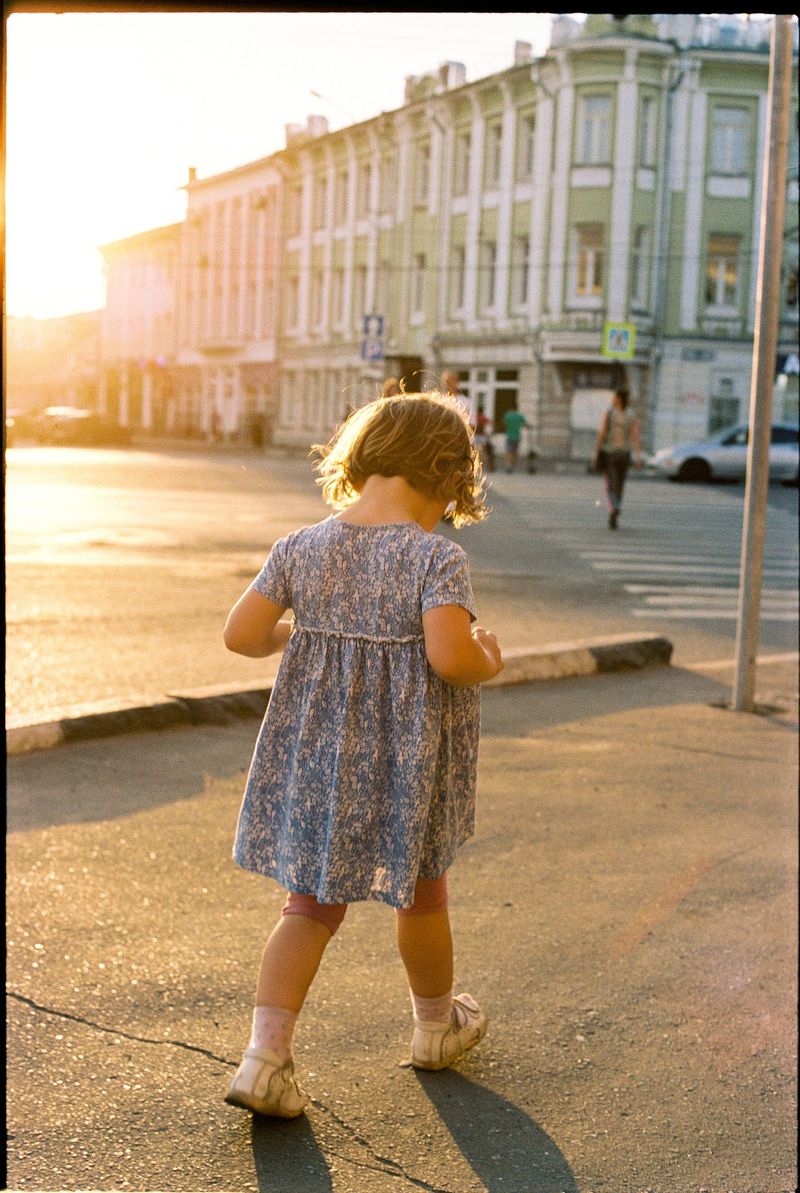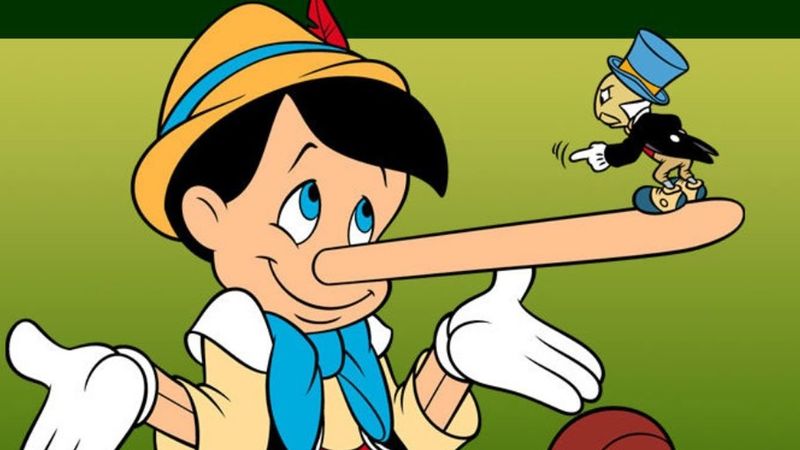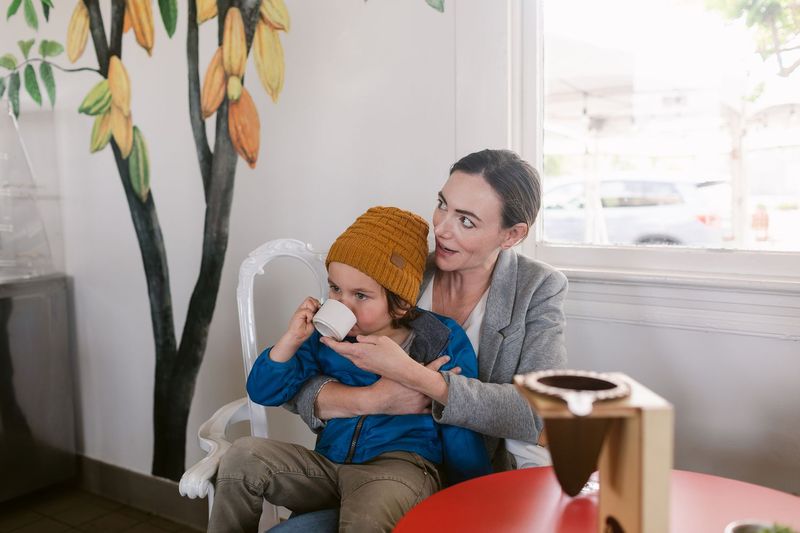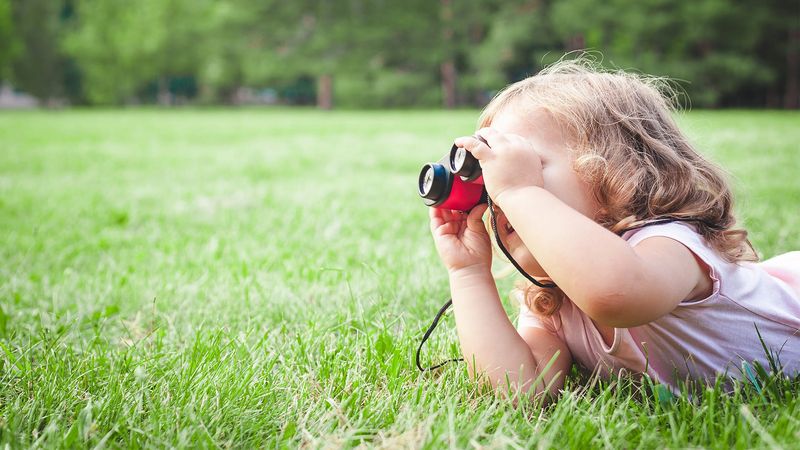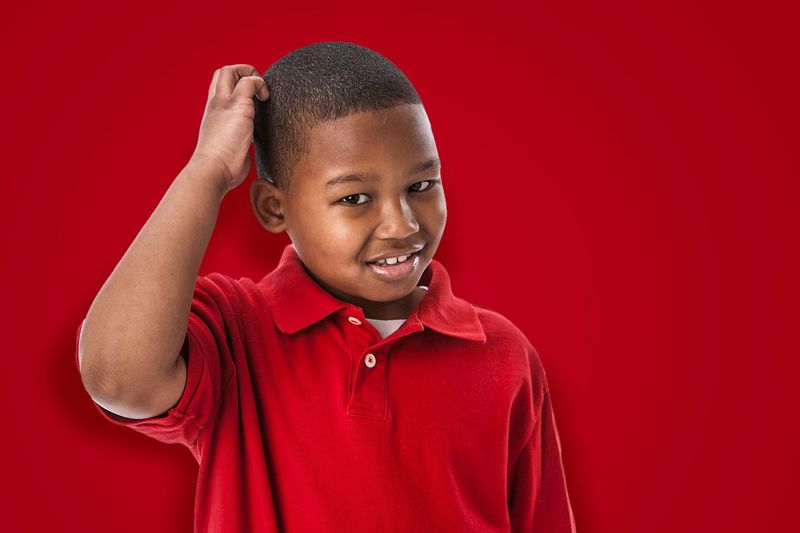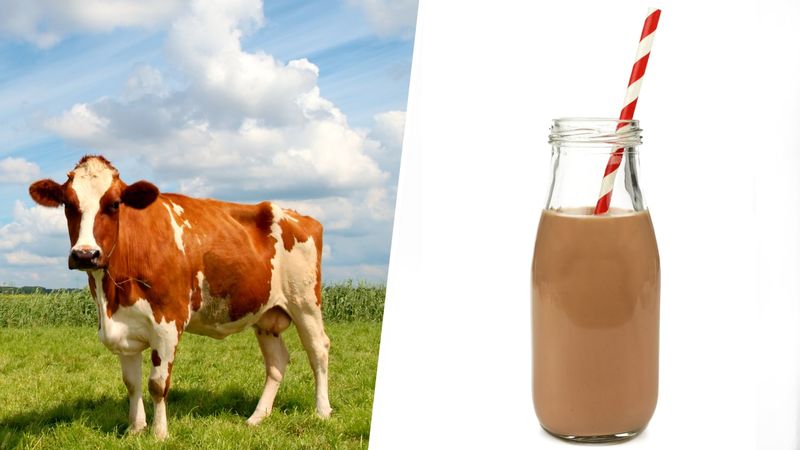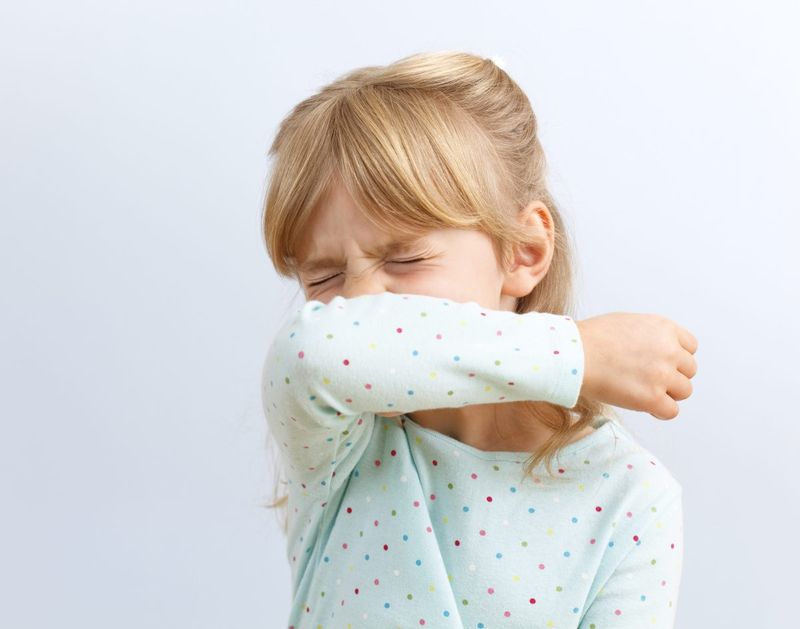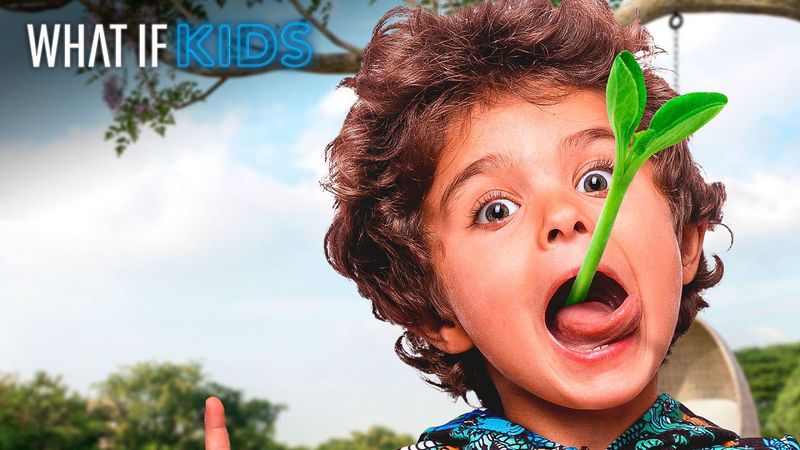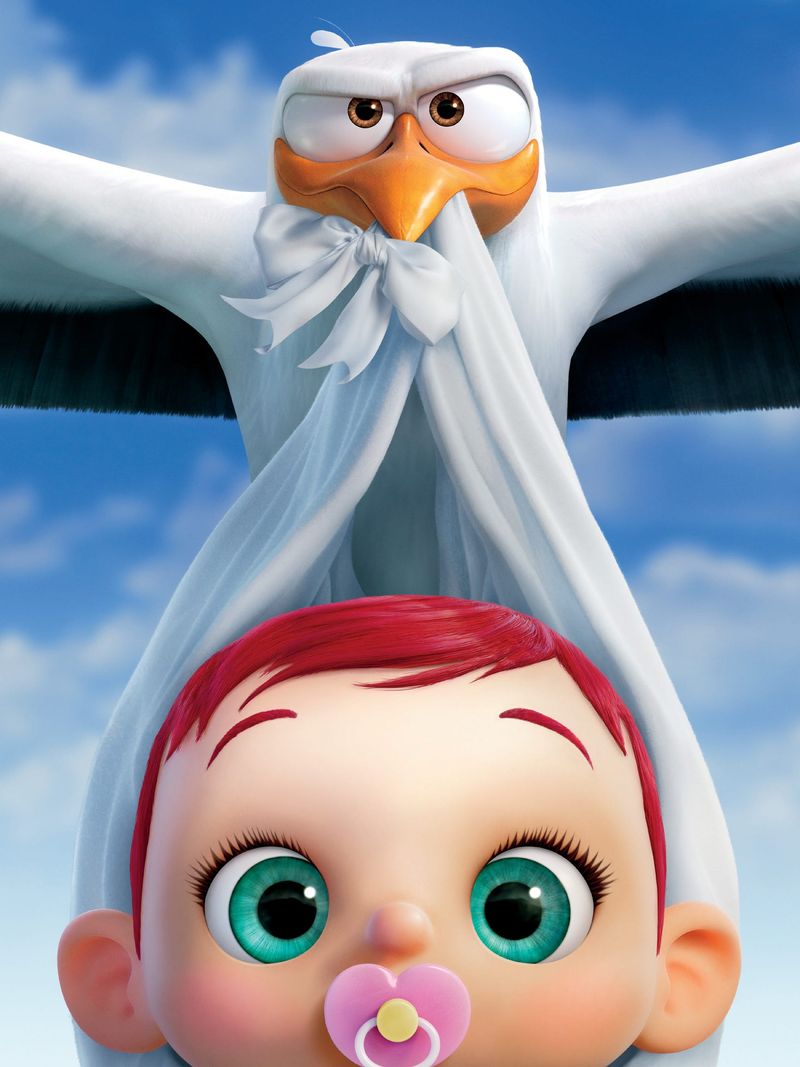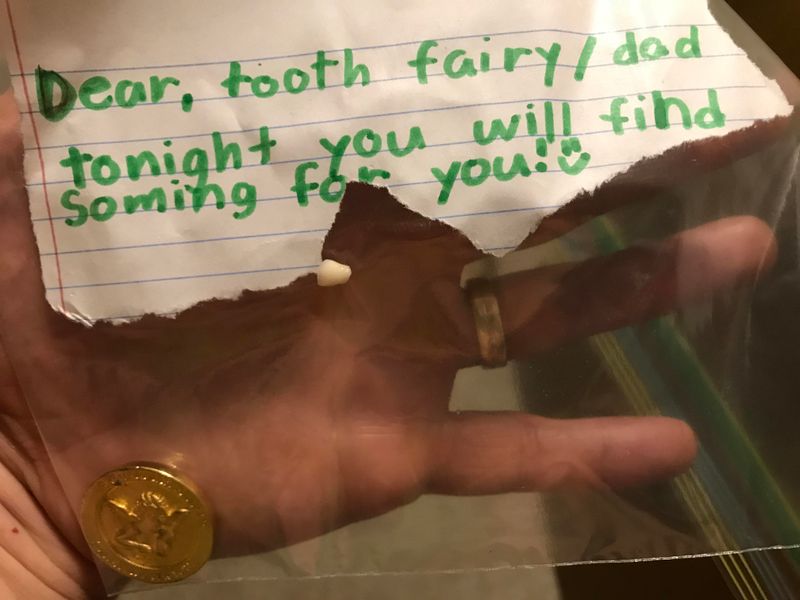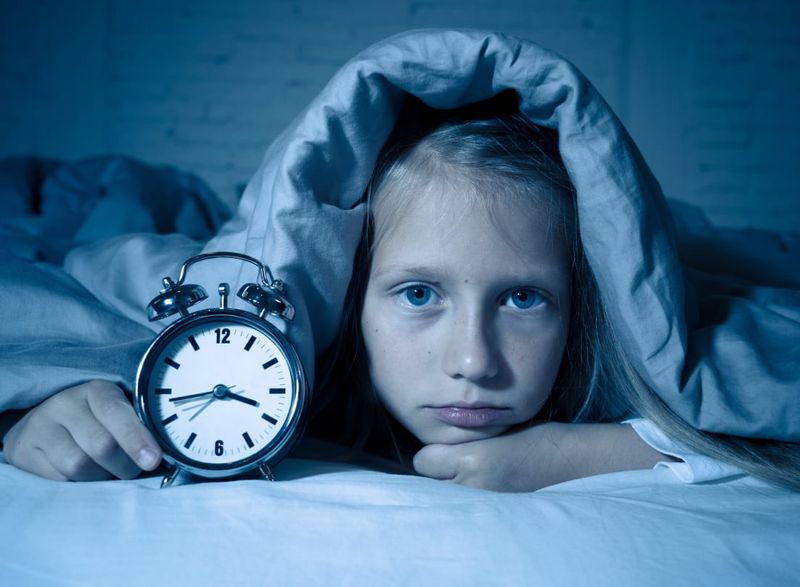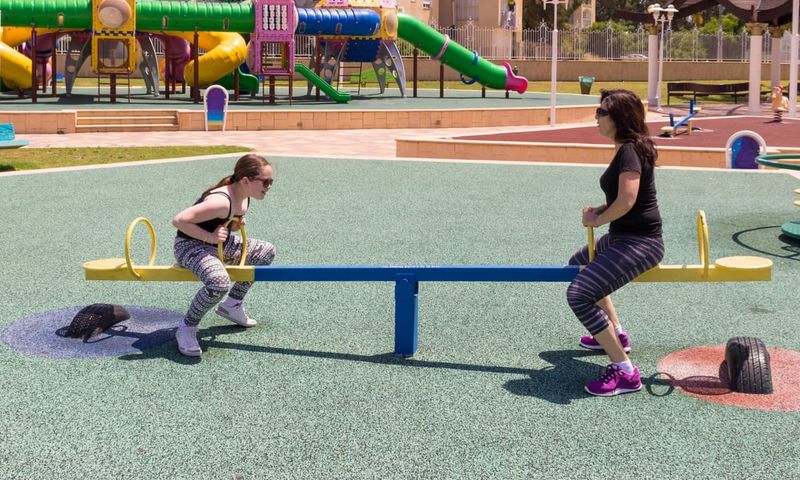As children, we were often fed a delightful array of myths and fibs, sometimes to protect us, sometimes to entertain, and often just to get us to behave.
Some were creative ways to explain the unexplainable, while others were simply cultural hand-me-downs passed through generations.
This blog post explores 32 of these shameless lies that have become part of our collective childhood memories. From the magical to the cautionary, these myths are as humorous as they are imaginative.
1. If you swallow gum, it’ll stay in your stomach for seven years.
As children, we were often told that swallowing gum would leave it stuck in our stomachs for a whopping seven years. This myth likely emerged as a cautionary tale to prevent kids from accidentally choking or ingesting non-food items.
However, in reality, our digestive system efficiently handles swallowed gum, passing it through much like other food. It’s a harmless fib, but one that may have caused unnecessary worry for kids fearing they’d become gum factories inside.
Such tales often served as playful, yet exaggerated ways to instill good habits in young minds.
2. Don’t cross your eyes or they’ll get stuck that way!
The warning that crossing your eyes could result in them getting stuck permanently is a classic playground myth. Parents and teachers alike used this playful fib to encourage children not to make silly faces. While the notion is amusing, it holds no truth.
Our eye muscles are incredibly flexible and can return to their normal position effortlessly. This myth served as both a gentle reminder for proper behavior and an amusing way to engage children’s imaginations.
It’s a testament to how simple stories can leave lasting impressions on young minds.
3. Your face will freeze if you keep making that silly expression.
This age-old warning about faces freezing when making silly expressions has entertained generations. While entirely false, it served as a humorous deterrent for children who indulged in funny faces.
The idea likely emerged as a playful way to encourage good manners and discourage excessive goofiness. In reality, our facial muscles are far too dynamic for such a fate.
Instead, this myth has become a part of childhood folklore, reminding us of the creativity and playfulness that adults use to guide children’s behavior with a touch of humor.
4. Wait an hour after eating before swimming, or you’ll cramp and drown.
The belief that one must wait an hour after eating to swim, lest cramps lead to drowning, has been passed down through generations. This myth likely arose from concerns over digestive discomfort while engaging in physical activities.
However, science shows no direct correlation between eating and fatal cramps while swimming. Though swimming right after a heavy meal might cause minor discomfort, it isn’t dangerous.
This tale, though cautionary in nature, reflects the well-intentioned yet unfounded advice often given to ensure children’s safety. It’s a reminder of how myths sometimes shape our activities.
5. Cracking your knuckles causes arthritis.
The myth that cracking knuckles leads to arthritis has been a long-standing belief, likely born from the unsettling sound it makes. However, medical research has shown no connection between knuckle-cracking and arthritis development.
This fib probably served as a way for parents to discourage the habit, which might be seen as annoying or socially inappropriate. While habitual cracking can cause temporary swelling, it doesn’t lead to arthritis.
This myth persists as a classic example of how parental guidance sometimes uses exaggerated consequences to steer behavior.
6. If you watch too much TV, your eyes will turn square.
The notion that excessive TV watching could turn a child’s eyes square is a whimsical myth that has been propagated to encourage kids to limit screen time. While amusing, this myth holds no truth.
Our eyes are adaptable and will not change shape based on viewing habits. However, the underlying concern about excessive screen time affecting eyesight does have some merit.
Prolonged viewing can lead to eye strain, which is why taking breaks is advised. This myth serves as a playful yet creative reminder for children to balance screen time with other activities.
7. Santa is always watching, so be good or you’ll get coal.
The idea of Santa Claus keeping a vigilant eye on children’s behavior is a beloved story with roots in encouraging good conduct. This tale, along with the threat of receiving coal for misbehavior, creates a sense of accountability among young ones.
While Santa’s omnipresence is a fictional embellishment, it fosters a magical atmosphere during the holiday season. This myth beautifully merges fantasy with behavioral psychology, teaching children about consequences in a festive manner.
The joy it brings far outweighs the little white lie behind it, making it a cherished tradition.
8. If you keep picking your nose, your finger might get stuck.
The warning about fingers getting stuck in noses as a consequence of nose-picking is both humorous and exaggerated. This myth likely arose to deter children from engaging in the habit, which is often deemed socially unacceptable.
While the idea is entertaining, the human body is far more forgiving. Fingers getting stuck in noses is virtually impossible, but the myth serves as a light-hearted reminder for children to practice good hygiene.
It underscores the creative methods parents employ to curb undesirable habits, blending humor with gentle guidance.
9. If the ice cream truck’s music is on, it means they’re out of ice cream.
The playful myth that the ice cream truck’s music indicates it’s out of ice cream is a clever parental tactic. This fib serves as a gentle way to avoid constant requests for treats every time the truck approaches.
While humorous, it portrays the lengths to which parents might go to manage a child’s sugar intake. Despite its falsehood, this myth adds a layer of whimsy to the childhood experience.
It highlights the inventive ways adults navigate children’s desires, providing an amusing angle on the everyday pursuit of ice cream.
10. Swallow a watermelon seed and a watermelon will grow in your stomach.
The myth of a watermelon growing inside one’s stomach after swallowing a seed is a classic childhood tale. It often incites both laughter and concern among children.
While the idea is biologically impossible, this story serves to entertain and perhaps prevent excessive seed swallowing during fruit consumption. It’s a harmless yet whimsical tale that showcases the creativity of childhood imagination.
Though some kids may temporarily worry about sprouting fruits inside them, the myth adds a fun and imaginative twist to the simple act of enjoying watermelon.
11. If you keep making that noise, the wind will change and you’ll be stuck like that.
The whimsical warning that a change in the wind could freeze a child’s face or voice mid-expression is a delightful myth shared across generations. While entirely fictional, it’s a playful way to encourage moderation in silliness.
This tale captures the imagination, sparking visions of mischievous winds conspiring to freeze kids in comical poses. Though meant as a lighthearted deterrent, this myth encourages creativity and play among children, offering a humorous, albeit fictitious, perspective on the natural environment.
It’s a fantastic example of storytelling used to guide behavior gently.
12. Step on a crack, break your mother’s back.
The rhyme “step on a crack, break your mother’s back” is a playground staple that combines rhythm and superstition. Its origins are unclear, but it serves as a fun way to engage children in careful play.
Though entirely unfounded, this myth adds an element of challenge to walking, prompting kids to navigate sidewalks with care. It’s a playful exaggeration that captures the imagination, turning an ordinary walk into an adventurous game.
This myth illustrates how storytelling can transform mundane activities into engaging and imaginative experiences for children.
13. Opening an umbrella indoors brings terrible luck.
The belief that opening an umbrella indoors brings bad luck is a superstition passed down through generations. While its origins are rooted in practicality, to prevent accidents in tight spaces, it evolved into a cautionary tale about misfortune.
Despite its lack of factual basis, this myth adds an air of mystery and intrigue to everyday objects. It’s a playful reminder of the superstitions that color our lives, demonstrating how cultural beliefs can infuse the mundane with a touch of the supernatural.
Such myths enrich our interactions with common items.
14. Every time you lie, your nose grows like Pinocchio.
The tale of one’s nose growing with each lie, inspired by Pinocchio, is a beloved children’s story used as a moral lesson. While noses don’t elongate with deceit, this myth creatively illustrates the consequences of lying.
It encourages honesty by invoking a vivid and entertaining metaphor. The story of Pinocchio serves as a timeless reminder of truthfulness, using charm and fantasy to convey its message.
This myth demonstrates how storytelling can effectively instill values in children, turning a simple fib into an opportunity for character building and reflection.
15. If you go outside with wet hair, you’ll catch pneumonia.
The belief that wet hair can lead to pneumonia is a widely propagated myth aimed at encouraging children to dry off before venturing into the cold. While going out with wet hair might cause discomfort, pneumonia is caused by infections, not temperature.
This myth exemplifies how well-intentioned advice can evolve into exaggerated cautionary tales. It serves as a reminder to practice self-care and dress appropriately for the weather.
Despite its inaccuracy, this myth reflects the lengths to which caregivers might go to ensure a child’s health and comfort.
16. Crossed eyes in a photo are proof you didn’t listen to your parents.
The notion that crossed eyes in photos prove disobedience is a creative myth used to encourage attentiveness during photo sessions. This humorous tale might prompt children to follow instructions, ensuring picture-perfect memories.
While entirely fictional, it highlights the playful ways adults reinforce behavior through storytelling. Crossed eyes in photos result from playful antics, not parental defiance.
This myth illustrates the imaginative methods used to teach children the value of cooperation, turning simple family activities into opportunities for creativity and connection.
17. If you drink coffee when you’re young, you’ll never grow tall.
The belief that coffee stunts growth in children is a widespread myth likely aimed at discouraging caffeine consumption among the young. While caffeine can impact sleep and bone health in excess, moderate coffee drinking doesn’t impede growth.
This myth reflects concerns over children adopting adult habits prematurely. It serves as a cautionary tale, encouraging healthy choices without factual grounding.
Despite its inaccuracy, it underscores the role of myths in guiding dietary habits, using exaggeration to sway young minds away from potentially undesirable behaviors.
18. Watch out for quicksand—it’s all over the place!
The fear of quicksand, often portrayed in cartoons, has led many children to believe it’s a common hazard. In reality, quicksand is relatively rare and not as dangerous as depicted.
This myth likely emerged from dramatized media portrayals, capturing young imaginations with thrilling yet inaccurate depictions. While entirely false, it adds an adventurous element to explorations.
The myth serves as a reminder of how exaggerated narratives can shape perceptions, turning ordinary environments into imaginative landscapes. It exemplifies the influence of media on childhood beliefs, blending fiction with reality.
19. If you stare at the TV too closely, you’ll go blind.
The caution against sitting too close to the TV for fear of blindness is a common myth used to prevent eye strain. While prolonged close viewing might cause temporary discomfort, blindness isn’t a risk.
This myth likely originated as a practical way for parents to encourage healthier viewing habits. It underscores concerns about screen time affecting vision, blending mild truth with exaggeration.
Despite its lack of factual basis, it serves as a playful reminder to maintain a safe distance from screens, illustrating how myths can promote eye health awareness.
20. Stop fooling around in the car or we’ll leave you on the side of the road.
The threat of being left on the roadside for misbehavior during car trips is a classic parental tactic, blending humor with a cautionary edge. While no parent would realistically abandon a child, this myth serves to curb unruly behavior in confined spaces.
It reflects the challenges of maintaining discipline on the road, using playful exaggeration to instill order. Despite its bluff nature, it underscores the lengths to which parents might go to ensure safety and harmony during travels.
This myth turns ordinary car rides into opportunities for playful discipline.
21. If you tell a lie, a puppy/kitten/angel dies.
The dramatic claim that a lie results in the death of a puppy, kitten, or angel is a myth designed to instill honesty through guilt. While entirely fictional, it adds a dramatic flair to moral lessons, prompting children to think twice before fibbing.
This myth uses vivid imagery to highlight the impact of dishonesty, blending fantasy with ethical guidance. It showcases the creative methods used to teach values, offering a memorable and whimsical way to encourage truthfulness.
Despite its exaggeration, it reflects the imaginative approaches used in moral education.
22. Your hair grows back thicker and darker after shaving.
The belief that shaving causes hair to grow back thicker and darker is a widely held misconception. While shaving might create the illusion of coarser regrowth due to blunt tips, it doesn’t change hair texture or color.
This myth likely discourages premature shaving among adolescents, blending practical advice with exaggeration. It reflects concerns over body image and grooming habits, using a simple tale to influence behavior.
Despite its inaccuracy, it persists as a classic example of how myths can shape perceptions of personal care, illustrating the blend of fact and fiction in everyday advice.
23. Chocolate milk comes from brown cows.
The whimsical belief that chocolate milk comes from brown cows is a playful myth that amuses children’s imaginations. While entirely untrue, it captures the innocence and creativity of childhood perspectives.
This myth highlights the curiosity and wonder with which children view the world, often blending fact with fantasy. It serves as an opportunity for learning, sparking conversations about food production and animal care.
Despite its falsehood, this tale exemplifies the imaginative ways children interpret their surroundings, offering a delightful glimpse into the playful intersection of reality and imagination.
24. If you keep holding in your sneeze, your head will explode.
The absurd warning that holding in a sneeze could lead to an exploding head is a humorous myth designed to encourage natural sneezing. While suppressing sneezes can cause discomfort, it’s far from explosive.
This myth blends exaggeration with a kernel of truth, highlighting the importance of allowing bodily functions to occur naturally. It uses humor to address concerns about social etiquette and health, turning a simple act into a memorable lesson.
Despite its outlandish claim, it reflects the creative storytelling used to impart everyday wisdom, blending fun with function.
25. If you swallow a seed, a tree will sprout in your stomach.
The myth that swallowing a seed might lead to a tree sprouting in one’s stomach is a playful tale that tickles the imagination. While biologically impossible, it serves as a whimsical reminder to chew carefully.
This story captures the blend of curiosity and caution that characterizes many childhood tales, offering a humorous take on everyday activities.
It highlights the creative ways in which adults engage children’s imaginations, turning mundane actions into opportunities for storytelling. Despite its impossibility, this myth remains a charming example of how fantasy can enrich reality.
26. The stork brings babies to families.
The charming myth that storks deliver babies to families is a traditional tale with roots in folklore. It offers a whimsical explanation for the arrival of new siblings, sparking curiosity among young minds.
While entirely fictional, this story provides a gentle introduction to the concept of family growth. It reflects the cultural storytelling used to navigate complex topics with children, blending fantasy with familial themes.
Despite its lack of truth, this myth remains a beloved part of childhood lore, capturing the imagination and offering a playful perspective on life’s mysteries.
27. If you’re misbehaving in the car at night, the ‘backseat monster’ might come get you.
The playful tale of a ‘backseat monster’ emerging during misbehavior on night rides is a humorous parental invention. This myth serves to encourage calmness and order during evening travels, blending whimsy with caution.
While entirely fictional, it reflects the creative methods used to manage children’s behavior in challenging settings. It adds an element of adventure to car trips, turning ordinary journeys into opportunities for storytelling.
Despite its imaginative nature, this tale exemplifies the playful strategies parents employ to instill discipline and cooperation in a lighthearted manner.
28. When you see the moon during the day, it’s because it’s watching you to make sure you behave.
The notion that the moon appears during the day to keep an eye on children’s behavior is a whimsical myth. This tale uses celestial imagery to instill a sense of wonder and accountability among kids.
While entirely fictional, it demonstrates how storytelling can blend natural phenomena with behavioral guidance. It encourages curiosity about the world while gently reminding children of the importance of good conduct.
This myth illustrates the fusion of fantasy and reality, offering an imaginative take on the everyday presence of the moon.
29. Adults always know what they’re doing and have everything figured out.
The belief that adults possess absolute knowledge and control is a comforting childhood myth that fosters trust and security. While adults often appear confident, this myth overlooks the fact that everyone continues to learn and grow.
It serves as a reassuring tale, offering children a sense of stability in a complex world. This myth highlights the perception of adulthood as a state of certainty, inspiring respect and admiration.
Despite its simplification, it reflects the hopes and expectations children have for their role models, blending idealism with reality.
30. If you’re good, the Tooth Fairy might leave extra money under your pillow.
The enchanting myth of the Tooth Fairy rewarding well-behaved children with extra money is a delightful blend of fantasy and incentive. While the Tooth Fairy’s existence is fictional, this story encourages good behavior and eases the experience of losing teeth.
It adds a magical element to childhood, transforming a natural process into an opportunity for wonder and reward. This myth reflects the creative ways parents inspire positivity and resilience in children, blending imagination with life’s milestones.
Despite its fictional nature, it remains a cherished tradition that enriches the experience of growing up.
31. The boogeyman lives under your bed if you get out of bed at night.
The tale of the boogeyman lurking under the bed is a classic childhood myth designed to deter nighttime wanderings. While entirely fictional, it serves as a playful boundary-setting tool, encouraging children to stay in bed at night.
This myth combines suspense with imagination, turning bedtime into a mysterious adventure. It exemplifies how storytelling can provide structure and security, blending caution with creativity.
Despite its mythical nature, it reflects the inventive strategies used to manage bedtime routines, offering a whimsical perspective on nighttime fears.
32. You can’t go to the playground because it’s ‘closed for repairs.’
The fib that a playground is ‘closed for repairs’ is a creative parental tactic to avoid outings when inconvenient. While entirely fictional, it reflects the playful ways parents navigate requests for playtime.
This myth adds a layer of intrigue to everyday activities, offering a lighthearted solution to schedule conflicts. It exemplifies the imaginative strategies used to balance children’s desires with practical considerations, blending humor with gentle redirection.
Despite its inventive nature, this tale highlights the inventive ways adults guide children’s expectations, transforming mundane moments into opportunities for laughter and creativity.




